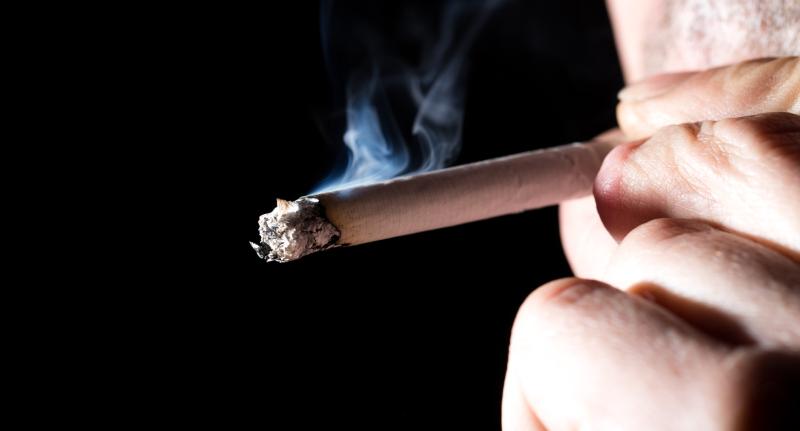 The ongoing fight against tobacco industry has been a long and continuous effort.
The ongoing fight against tobacco industry has been a long and continuous effort.A ban on flavoured cigarettes is an effective measure to curb cigarette use among young people, a recent study has found.
Researchers used data from the 2002–2017 National Survey on Drug Use and Health of the US (n=893,226). They looked at the changes in cigarette consumption patterns from before to after the ban on flavoured cigarettes came into effect on 22 September 2019.
The ban showed its greatest effect on young people. Among youth, aged 12–17 years, researchers recorded a 17-percent spike in the likelihood of reporting 30-day use of any cigarette immediately following the flavour ban (odds ratio [OR], 1.17, 95 percent confidence interval [CI], 1.07–1.29; p<0.001).
Young adults, aged 18–25 years, in comparison, saw a 9-percent immediate jump in the odds of reporting any cigarette use in the past 30 days (OR, 1.09, 95 percent CI, 1.03–1.16; p=0.0047). No such immediate effect was reported for adults (26–49 years) and older adults (≥50 years).
Despite this initial increase, the overall effect of the ban was positive overall after considering the change in temporal change in behaviours over the 33 quarters after the flavour ban.
In 2017, for example, the youth age group was 43-percent less likely to smoke cigarettes, as compared to the predicted probability in the absence of the flavour ban. The same analysis showed that young adults were 27-percent less likely to smoke cigarettes. A similar signal was also reported for adults, who saw a drop in smoking probability of around 12 percent.